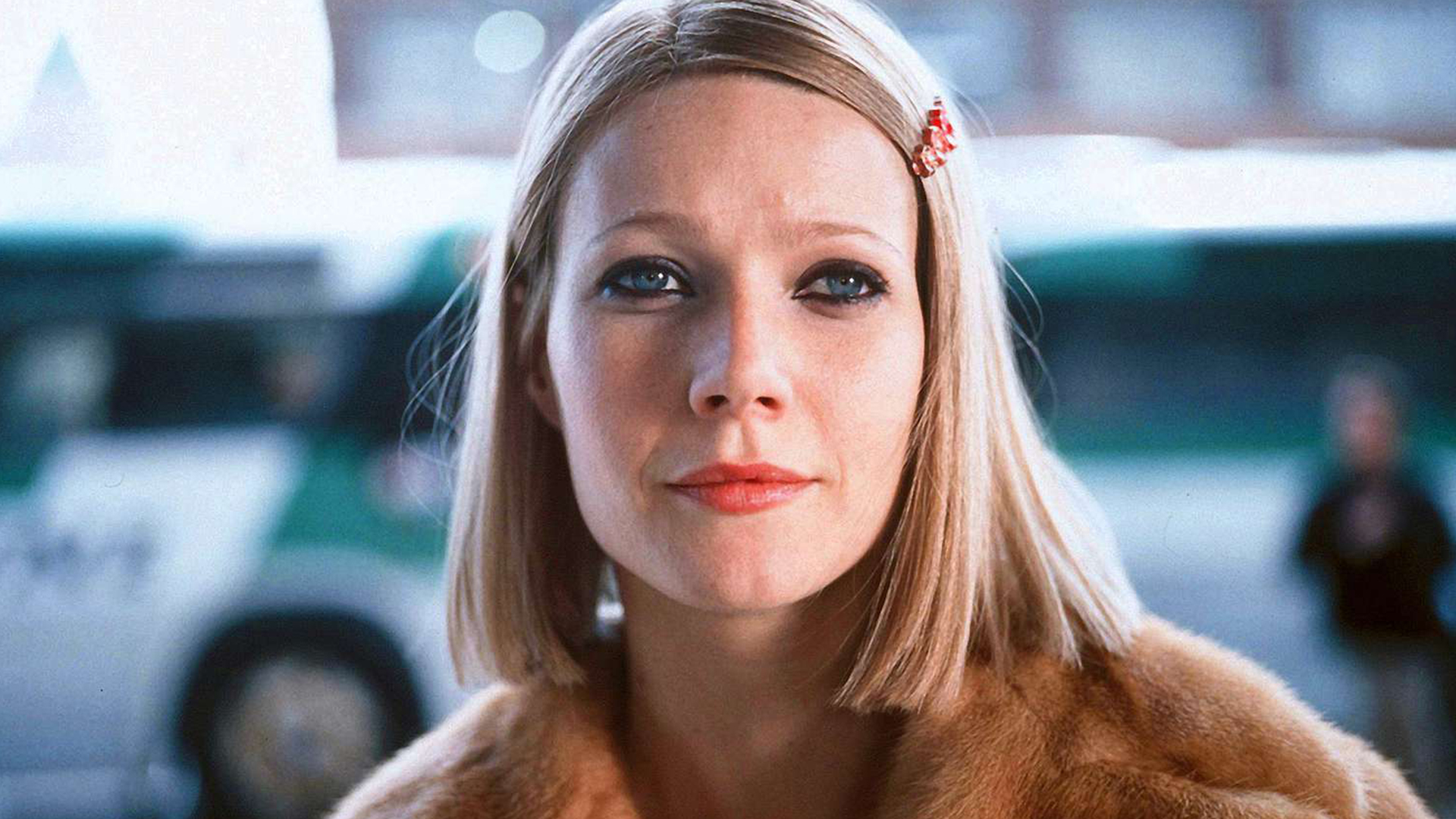Director: Aynur Özbakır
Türkiye, 2024, 41’, DCP, color
Turkish, Sign language
Silent Dance tells the story of Turkey's first ballerina with hearing impairment: Eda Tavacı's extraordinary relationship with sounds, music, people and her body. It draws a success story from the life full of difficulties and vulnerabilities of a young woman who holds on to life by dancing against noise, deeply rooted habits and deafness. Eda's dream is to find her own voice in the darkness of violence against women within the metropolitan chaos and to inspire others. But in a world that makes people to lose sensibilities every day, how can a girl who tries to bond with the rest of the World as she also expects support from her mother realize this naive desire? The film sheds light on the milestones in Eda Tavacı's life, starting from her childhood until she graduated from university; it draws the portrait of an artist who transforms the ballet stage into a huge world, captures a completely different sense of rhythm by imagining the music she cannot hear, and compensates for the absence of sounds with the energy hidden in her body.
The crew will attend.

The New Year is more than just a date change on the calendar. It often marks a turning point where the weight of past experiences is felt or the uncertainty of the future is faced. This season, Pera Film highlights films that delve into themes of hope, regret, nostalgia, and new beginnings.

In 1998 Ben Jakober and Yannick Vu collaborated on an obvious remake of Marcel Duchamp’s Roue de Bicyclette, his first “readymade” object. Duchamp combined a bicycle wheel, a fork and a stool to create a machine which served no purpose, subverting accepted norms of art.
Tuesday - Saturday 10:00 - 19:00
Friday 10:00 - 22:00
Sunday 12:00 - 18:00
The museum is closed on Mondays.
On Wednesdays, the students can
visit the museum free of admission.
Full ticket: 300 TL
Discounted: 150 TL
Groups: 200 TL (minimum 10 people)